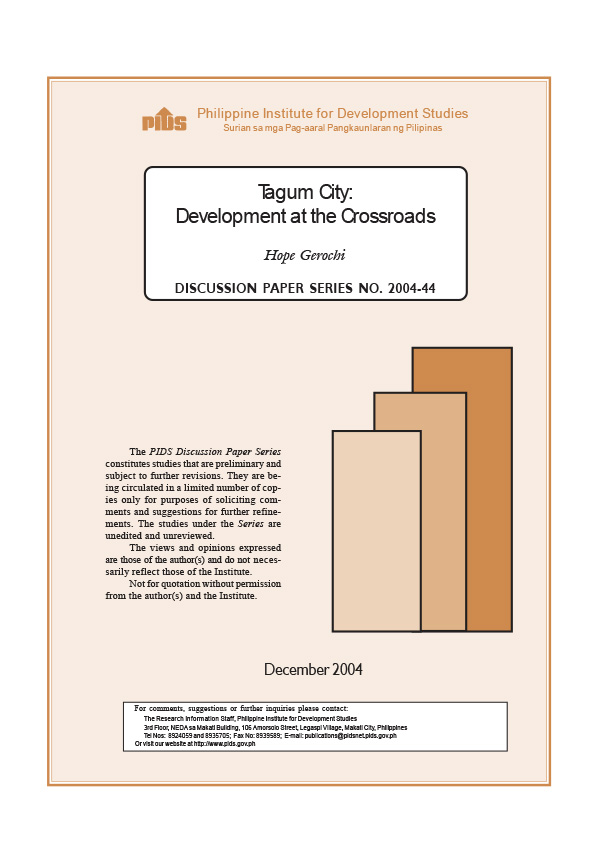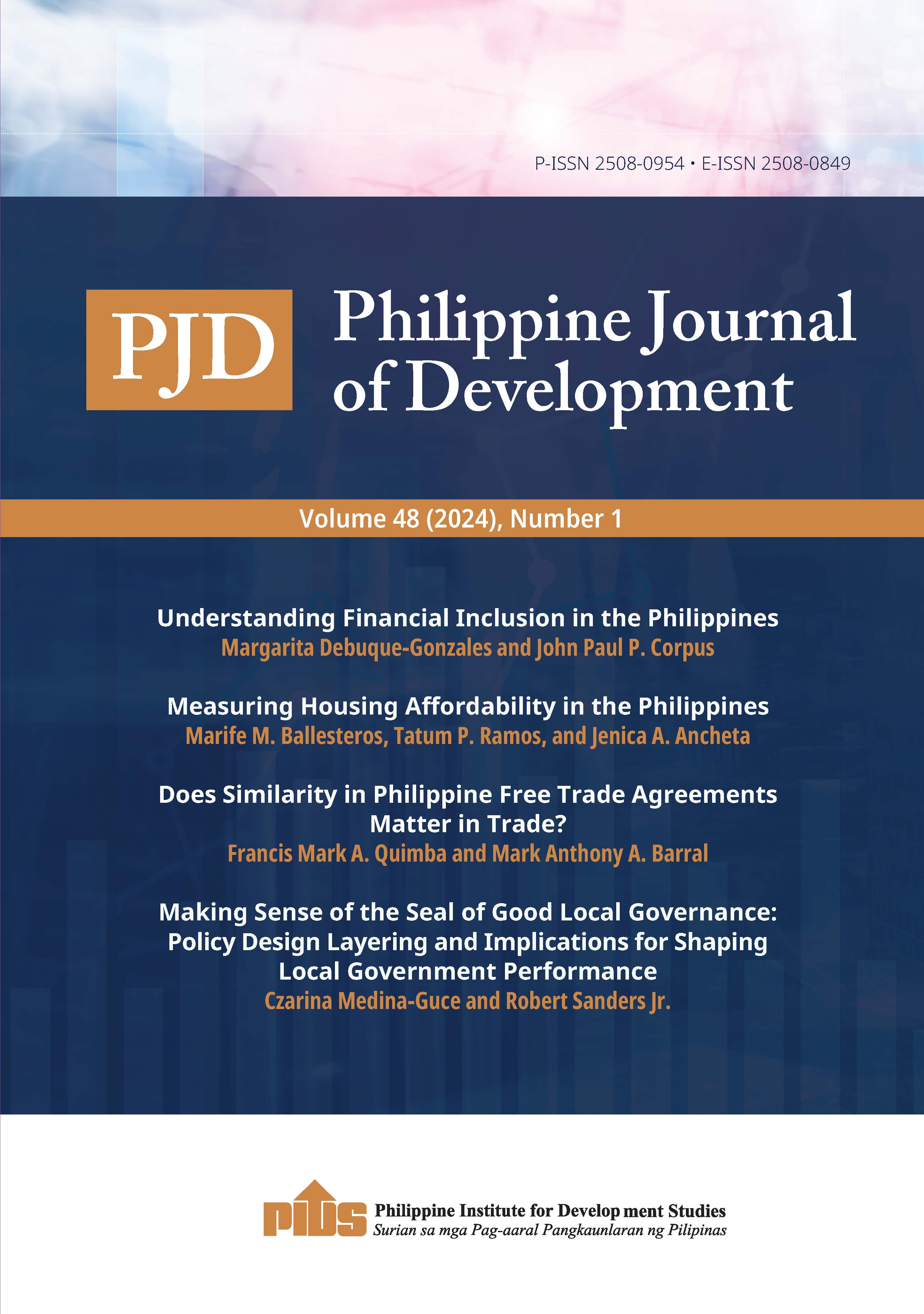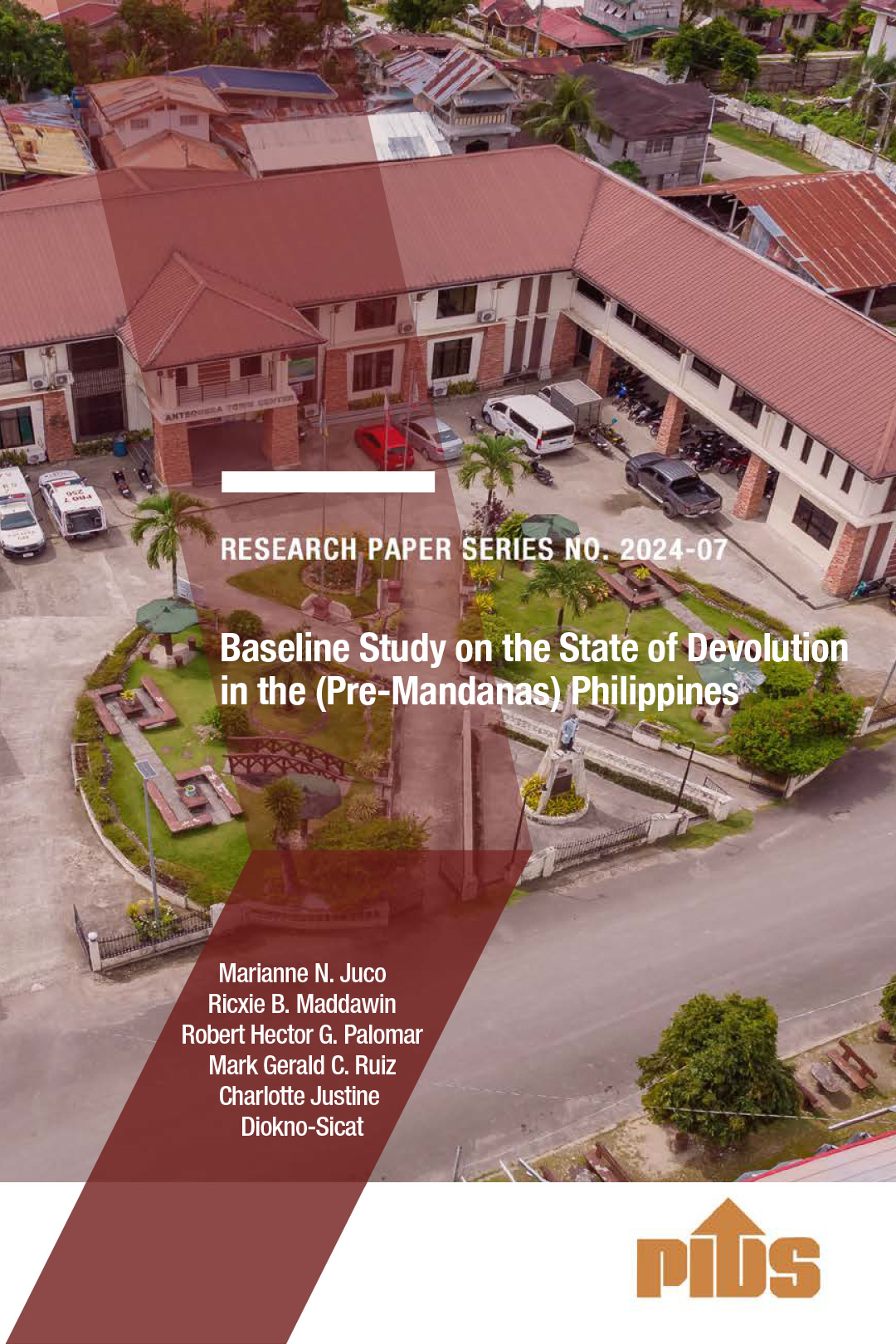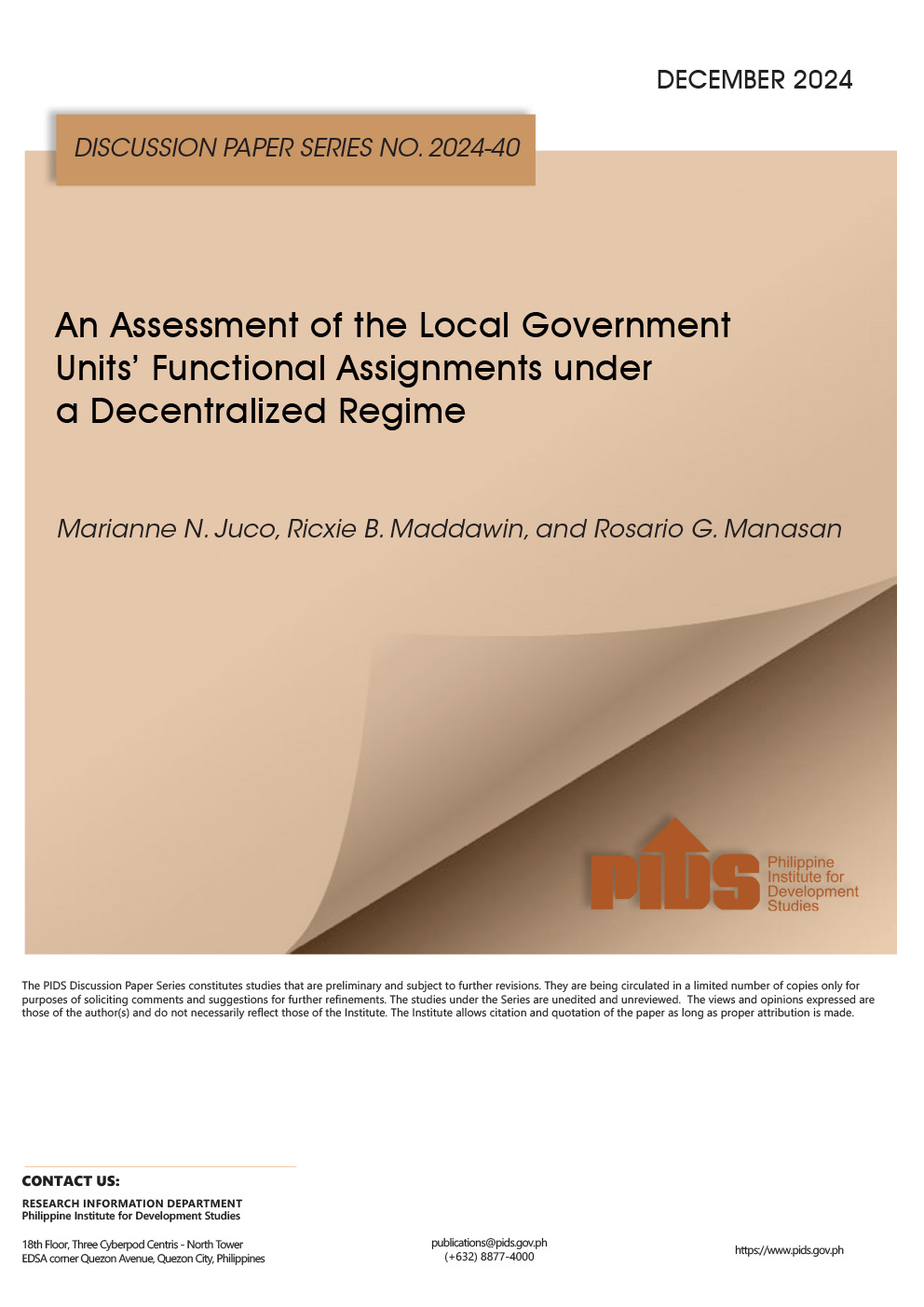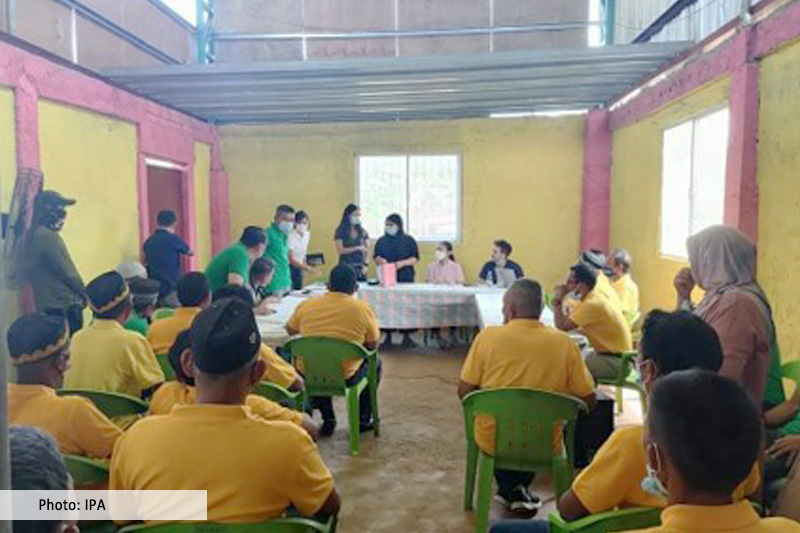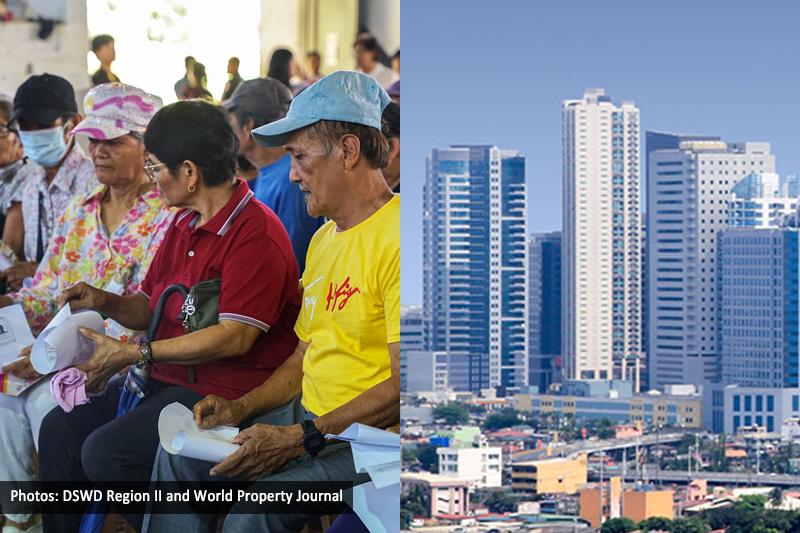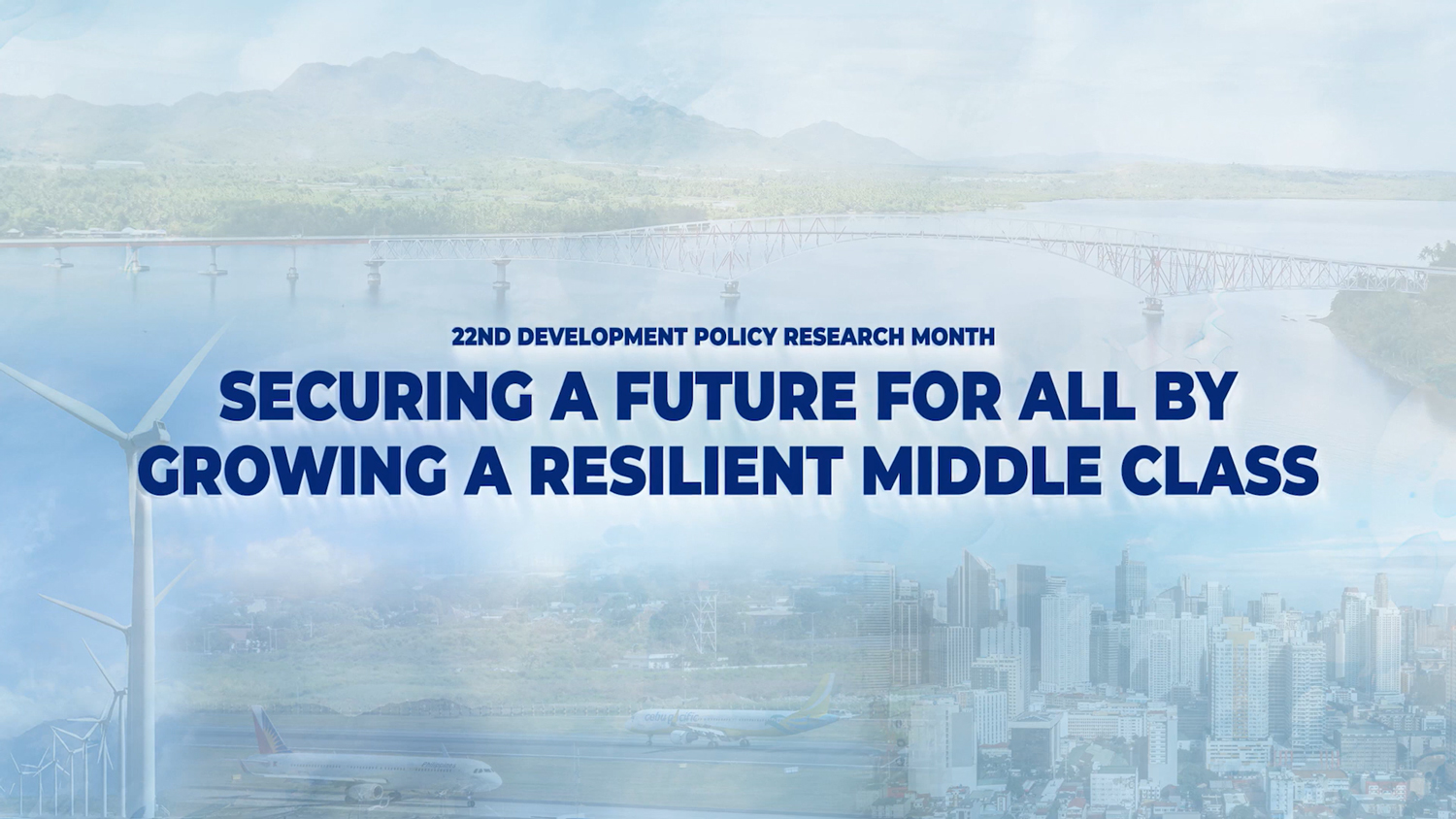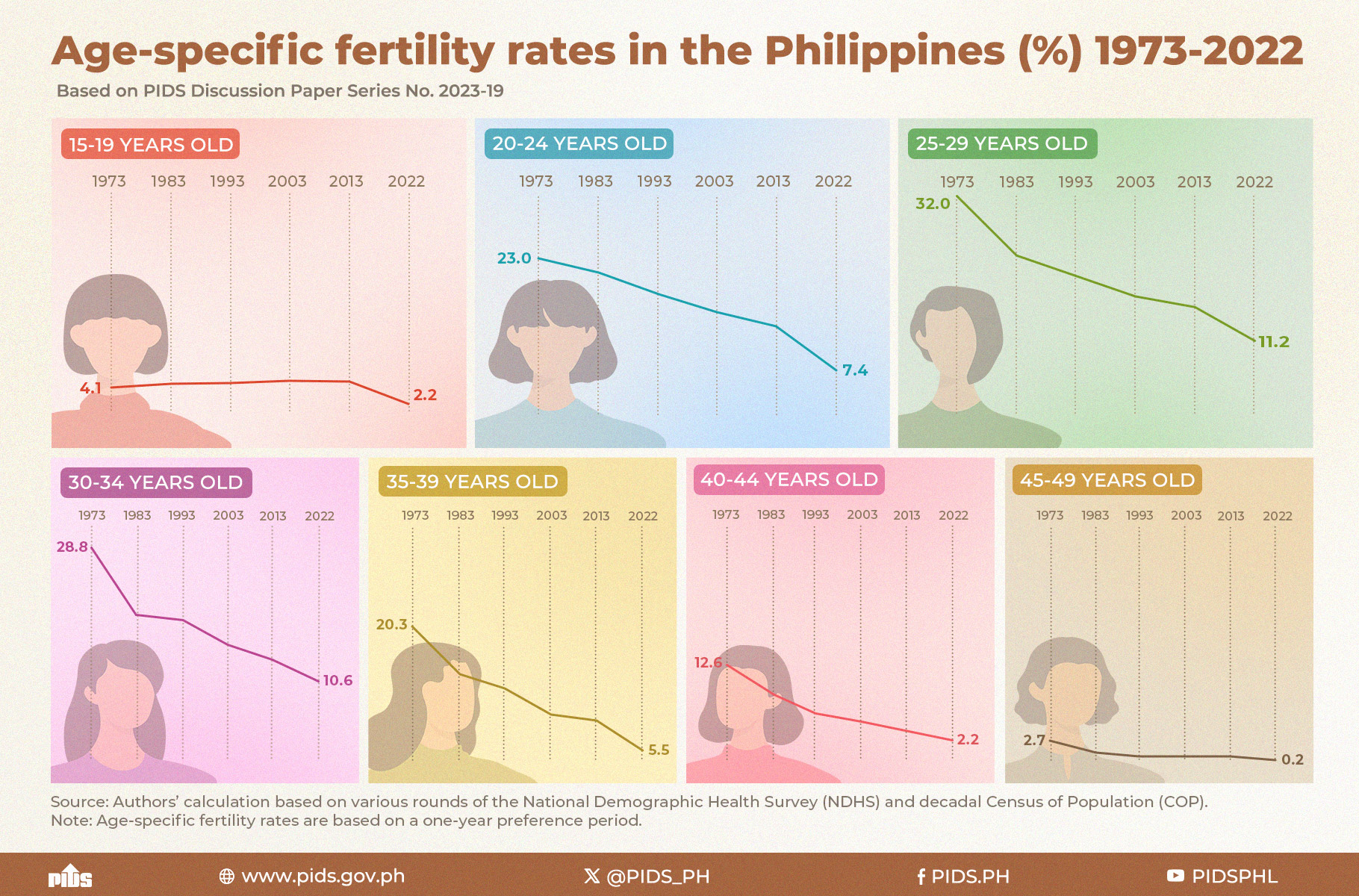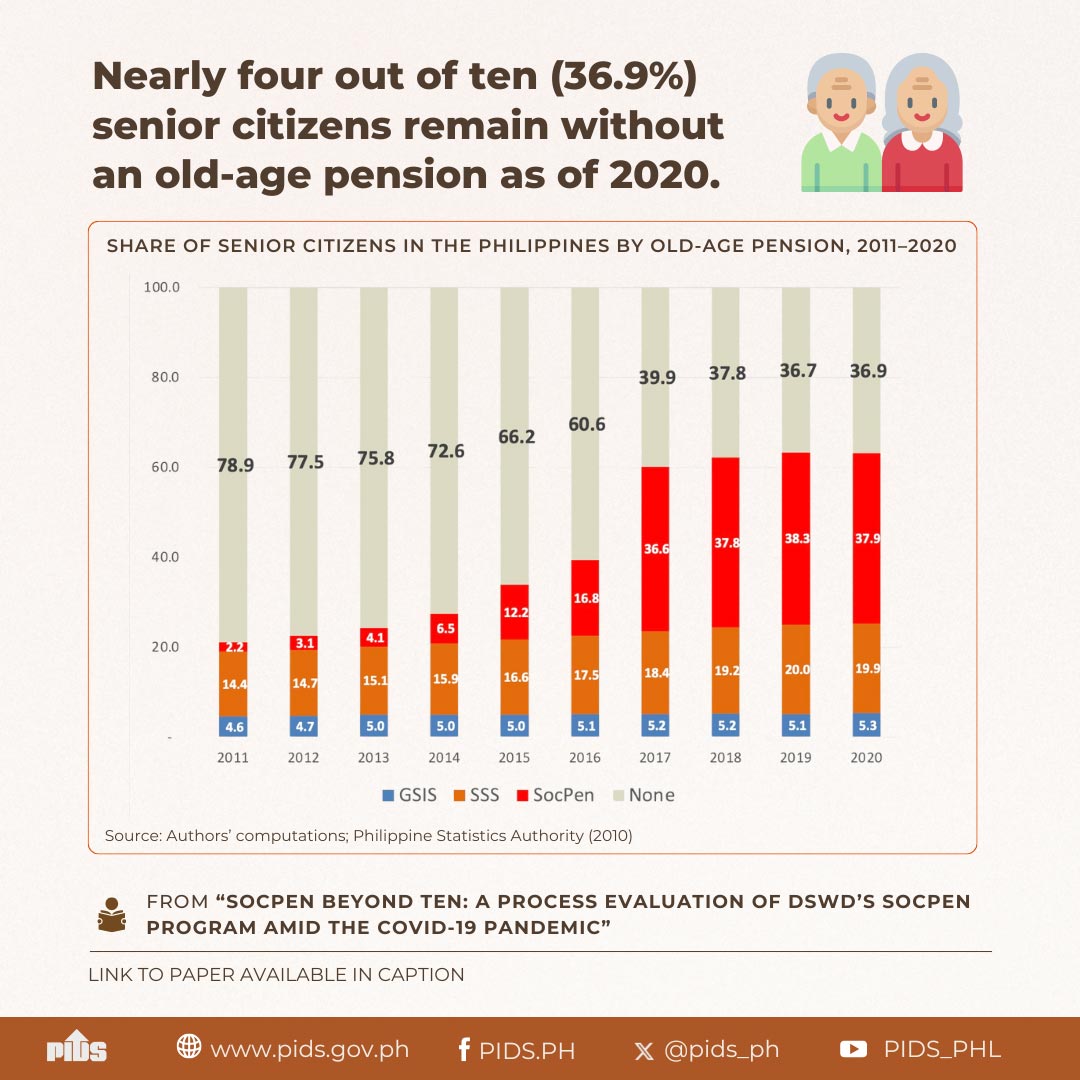Population processes and outcomes (in this case, urbanization) influences and changes the development of an area and vice versa. In the case of Tagum City, its growing economy is presumed to be attracting considerable movement of people which proves to present both opportunities and challenges for the local government. The well-developed transportation network and the gold rush in the early 80s have contributed to the development of the City. Rapid urbanization soon ensued. Population increase has slightly slowed down in recent years but still above national and regional averages with the increase mostly attributed to high birth rates. The City specially puts heavy emphasis on infrastructure, which by and large has so far shaped its development. Tagum’s local government is credited for taking bold steps (notwithstanding the short electoral calendar) in influencing its development path – from massive infrastructure development right after its elevation to a City, to initiating fiscal discipline in its economic enterprises and improving measures in increasing local revenues, to undertaking a radical population management program. These efforts signify the innovativeness of the local government in serving its constituents and in meeting the increasing demand brought by a high incessant population growth. Yet challenges still remain in providing adequate manpower to social services, setting up a feedback mechanism on its various interventions and increasing avenues for participation of its constituents in setting development priorities.

